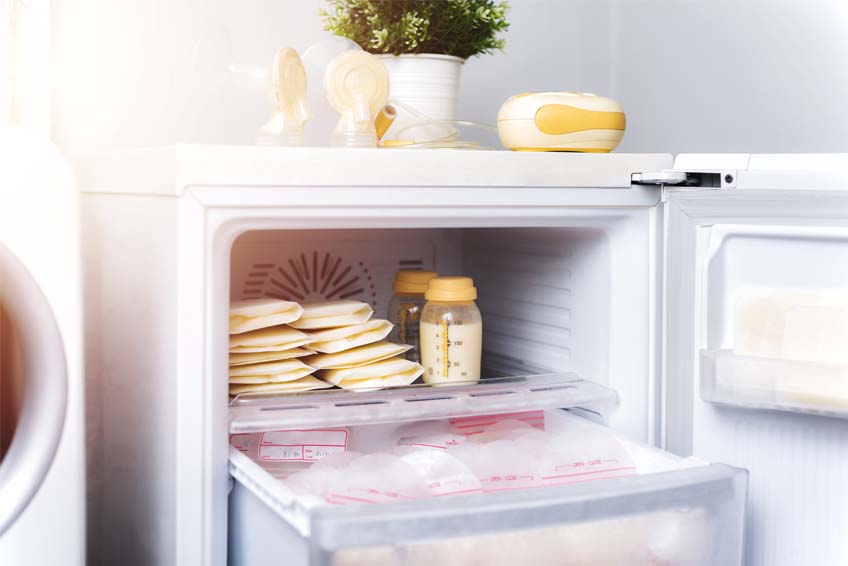Constant nipple pain is one of the most common causes given by mothers for discontinuing exclusive breastfeeding. Therefore, we aimed to limit the frequency of nipple pain as a basis for consultation, the most common accredited aetiologies, and the effectiveness of the advice and treatment given.
Common causes of nipple soreness when breastfeeding:
- Nipples are adjusting -It’s not strange for breastfeeding mothers to have nipple soreness at the first few weeks of breastfeeding as the breasts and nipples become customary to the newborn nursing process. Though, the discomfort should recede once the baby has established a good feeding routine.
- Improper Baby latch– Shallow latch occurs when the baby doesn’t take a sizeable sufficient mouthful of breast tissue in the mouth during latching. As a result, the nipple is also far forward in the baby’s mouth, and it can rub on their hard palate, which can cause pain and damage during breastfeeding.
- Tongue-tie- known as ankyloglossia, is where the tiny strip of tissue identified as the lingual frenulum attaches to the tongue and to the floor of the mouth, which can be too short, too tight, or too close to gum ridge. When this occurs, it can impact tongue movement, which in turn can impact the feeding process.
- Flat or inverted nipples-Most flat or inverted nipples will not cause problems with breastfeeding. But some babies have trouble latching on the flat or inverted nipple that may not reach the roof of your baby’s mouth to stimulate her palate and trigger her sucking reflex. This means the baby has difficulties latching or stay latched on the breast for effective milk transfer.
At all breastfeeding times, breaking the suction gently before removing the baby from the breast and using the proper technique will help prevent unnecessary pain and damage to your breasts and nipples.





